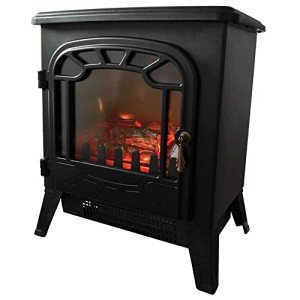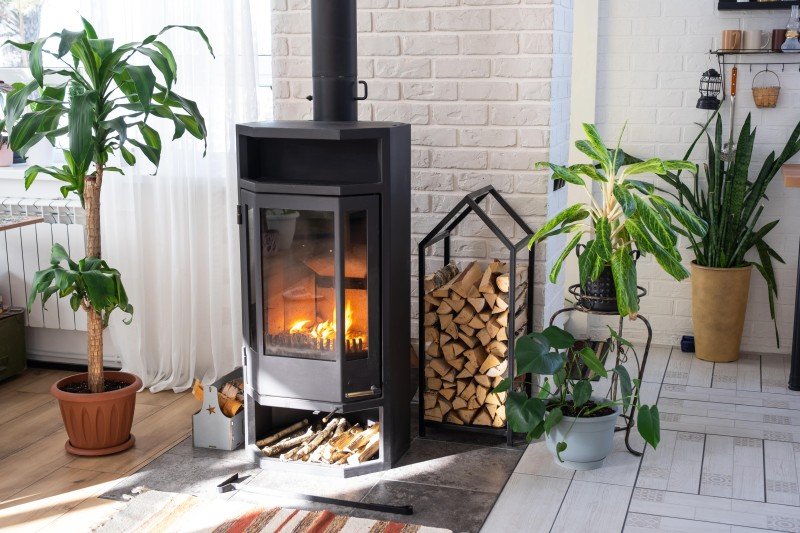15 . Things That Your Boss Wished You Knew About Wood Burning Fireplac…
페이지 정보

본문
Wood Burning Fireplaces in the UK: A Comprehensive Guide
Wood burning fireplaces have actually long been a staple of heat and appeal in homes throughout the UK. The crackling sound of burning wood and the flickering of flames develop a welcoming environment, changing a house into a warm sanctuary. With the growing trend of environment-friendly heating options, wood burning fireplaces are becoming increasingly popular once again. This post offers a thorough take a look at wood burning fireplaces in the UK, their advantages, policies, upkeep, and other important information for prospective buyers and users.

Comprehending Wood Burning Fireplaces
Wood burning fireplaces can be specified as enclosed areas developed for burning wood, offering both heat and looks to living areas. They come in various styles, accommodating modern looks and traditional styles.
Kinds Of Wood Burning Fireplaces
Open Hearth Fireplaces: Traditional in style, open hearth fireplaces provide a genuine experience. However, they are less efficient and can lead to heat loss.
Wood Burning Stoves: These are closed systems that burn wood efficiently. They can be freestanding or placed into existing fireplaces.
Fireplace Inserts: Designed to be suited open hearths, these inserts improve combustion effectiveness while maintaining the traditional appearance.
Pellet Stoves: These are modern wood burning home appliances that utilize compressed wood or biomass pellets, offering a cleaner burn and higher effectiveness.
Outdoor Fireplaces: These are constructed for external usage, often boosting outdoor living areas and providing warmth throughout gatherings.
Advantages of Wood Burning Fireplaces
Eco-Friendly: When sourced sustainably, wood burning can be a carbon-neutral heating service.
Economical: With rising energy prices, making use of wood can be a less expensive option, specifically if you have access to free or affordable lumber.
Visual Appeal: The ambiance developed by a roaring fire is unmatched, adding character and charm to any space.
Flexibility: Wood burning fireplaces come in different styles and styles, making them suitable for nearly any interior design.
Self-dependent Heating: In remote places or throughout power blackouts, wood burning fireplaces offer a reputable source of heat.
Laws Surrounding Wood Burning Fireplaces in the UK
To keep air quality and guarantee security, the UK federal government and local authorities have actually developed guidelines worrying using wood burning Fireplaces And Stoves.
Smoke Control Areas: Many metropolitan areas are designated as smoke control areas where just 'Exempt Appliances' can be utilized to burn wood.
EPA and Defra Certification: Wood ranges and fireplaces should comply with guidelines from the Environmental Protection Agency (EPA) and the Department for Environment, Food & & Rural Affairs (Defra).
Biomass Requirements: Only sustainably sourced wood logs should be burned, sticking to guidelines to lessen carbon emissions.
Air Quality Regulations: Regular checks might be needed to guarantee that your fireplace does not produce extreme smoke emissions.
| Aspect | Information |
|---|---|
| Kind of Fireplace | Open Hearth, Wood-Stove, Insert, Pellet Stove, Outdoor |
| Eco Friendliness | Sustainable sourcing makes it carbon-neutral |
| Laws | Need to abide by local smoke control and emissions laws |
| Efficiency | Varies by type; wood stoves normally offer greater effectiveness |
| Visual Options | Wide variety of designs, from traditional to modern styles |
Upkeep of Wood Burning Fireplaces
Appropriate upkeep is vital to ensure the safety and longevity of wood burning fireplaces. Following these standards can assist homeowners enjoy their fireplaces every year.
Regular Maintenance Tips
Annual Inspections: Hire an expert chimney sweeper to check and clean the chimney a minimum of when a year.
Look For Creosote Buildup: Creosote, a byproduct of wood burning, can collect in the chimney and present fire risks.
Fireplace Cleaning: Regularly tidy out ash and particles from the firebox to enhance efficiency.
Inspect for Cracks and Damage: Inspect the fireplace and flue for cracks or damage that might affect performance or safety.
Usage Seasoned Wood: Only burn dry, seasoned wood to reduce creosote buildup and improve efficiency.
Security Precautions
Install Carbon Monoxide Detectors: Ensure that your home is geared up with CO detectors to keep track of gas levels.
Keep Flammable Items Away: Maintain a safe range between the fireplace and combustible products.
Never Leave Unattended Flames: Always monitor the fireplace while it's in usage.
Use a Fire Guard: Install a screen or guard to prevent ashes from escaping the fireplace.
Educate Everyone: Ensure that all household members comprehend the safe operation of the fireplace.
FAQs About Wood Burning Fireplaces in the UK
Q: Is it legal to use a wood burning fireplace in urban areas?
A: Yes, but you should follow local guidelines, specifically if you reside in a smoke control area.
Q: How can I inform if my device is exempt?
A: Look for the 'Exempt Appliance' label accredited by Defra, showing that the home appliance fulfills emission limitations.
Q: What type of wood is best for burning?
A: Seasoned woods like oak, ash, and birch burn most effectively. Softwoods like pine can produce more creosote.
Q: How typically should I clean my chimney?
A: It's suggested to tidy and inspect your chimney at least when a year, regularly if you utilize it often.
Q: Are there advantages to using a wood burning range over a fireplace?

A: Yes, wood burning ranges are typically more efficient, produce less smoke, and offer better heat retention compared to open hearth fireplaces.
Wood burning fireplaces remain a valued function of numerous homes across the UK, blending practicality with visual appeal. By understanding the various types, benefits, guidelines, and maintenance requirements, house owners can take pleasure in the heat and ambiance of a wood burning fireplace while sitting comfortably within regulatory limits. With a growing focus on sustainability, wood burning might continue to serve as a feasible heating service for several years to come. Whether you're an experienced user or exploring the choice for the first time, ensuring accountable usage and maintenance will maximize both security and satisfaction.
- 이전글Why Secret Sources Of Counterfeit Money Still Matters In 2024 25.10.11
- 다음글The 10 Most Terrifying Things About Online Headphone Store 25.10.11
댓글목록
등록된 댓글이 없습니다.